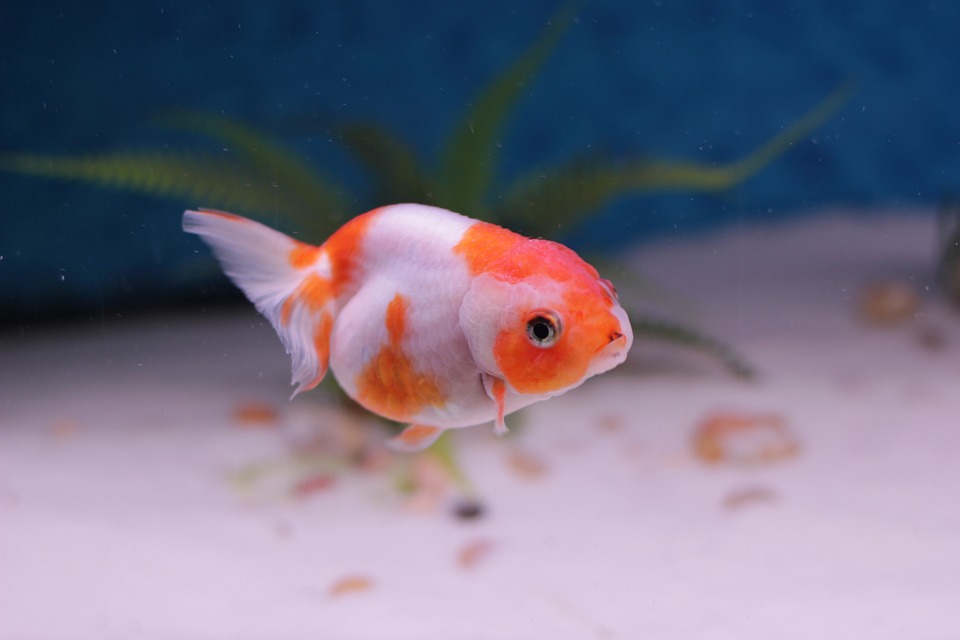Feeding your fish in a consistent and well-planned manner is crucial for their overall health and well-being. A proper feeding schedule ensures that your aquatic friends receive the necessary nutrients while preventing overfeeding and water quality issues. In this article, we will delve into the importance of establishing a feeding schedule for your fish and provide you with expert tips on creating and maintaining this routine. Additionally, we will address some frequently asked questions regarding fish feeding. Let’s dive in!
Why is a Proper Feeding Schedule Important for Fish?
Maintaining a proper feeding schedule for your fish offers numerous benefits, including:
1. Nutritional Balance: A well-planned feeding routine ensures that your fish receive the right balance of essential nutrients, vitamins, and minerals, promoting their growth, immune system function, and vibrant colors.
2. Prevents Overfeeding: Overfeeding is a common mistake among fish owners, leading to poor water quality, excessive waste production, and potential health issues for your fish. A feeding schedule helps prevent overfeeding and keeps your aquarium environment clean and healthy.
3. Establishes Routine: Fish thrive on routine, and a consistent feeding schedule can reduce stress levels and provide a sense of security for your aquatic pets.
Tips for Establishing a Feeding Schedule
Follow these expert tips to establish an effective feeding schedule for your fish:
1. Research and Understand Your Fish Species: Different fish species have varying dietary requirements and feeding habits. Research the specific needs of your fish to determine the appropriate feeding schedule, food types, and portion sizes.
2. Frequency and Consistency: Most fish require feeding once or twice a day. Divide the daily recommended portion into smaller meals to maintain a consistent schedule. Stick to the established routine to help your fish adjust and anticipate feeding times.
3. Observe Your Fish: Pay attention to your fish’s behavior and feeding habits. Some species prefer to graze throughout the day, while others are more inclined towards specific feeding times. Adapt your schedule to match their natural behavior.
4. Avoid Overfeeding: Offer your fish an amount of food they can consume within a few minutes. If there is excess food after this time, you are likely overfeeding. Gradually reduce the portion size until there is no leftover food.
5. Variety is Key: Provide a diverse diet to ensure your fish receive a wide range of nutrients. Include a combination of high-quality flake or pellet food, frozen or live foods, and occasional treats such as vegetables or fruits (suitable for herbivorous fish).
6. Monitor Water Quality: Uneaten food can degrade water quality, leading to ammonia spikes and other issues. Regularly test your aquarium water parameters and adjust your feeding schedule accordingly. If water quality deteriorates, reduce the amount of food or increase water changes.
FAQs: Frequently Asked Questions about Fish Feeding
1. How often should I feed my fish?
Most fish thrive with once or twice daily feedings. However, some species may require more frequent feedings, while others might do well with every other day feedings. Research your fish species to determine the best feeding frequency.
2. How much food should I give my fish?
Offer an amount of food that your fish can consume within 2-3 minutes. Adjust the portion size if there is leftover food, as this indicates overfeeding.
3. Can I use an automatic fish feeder?
Automatic fish feeders can be convenient but ensure they dispense the appropriate amount of food. Monitor your fish’s behavior and adjust the feeder accordingly. Manual feeding is still recommended for some fish species.
4. What if my fish refuse to eat?
Fish may refuse to eat due to stress, illness, or environmental factors. Monitor their behavior, check water parameters, and consult a fish health professional if the issue persists.
5. Can I feed my fish treats?
Treats such as vegetables, fruits, or freeze-dried/live foods can provide additional nutrients and enrichment. However, they should be given in moderation and should align with your fish species’ dietary requirements.
By establishing a proper feeding schedule for your fish, you can ensure their optimal health, vibrant colors, and overall well-being. Remember to research your specific fish species, observe their behavior, and maintain a balanced diet. Happy feeding and happy fishkeeping!









